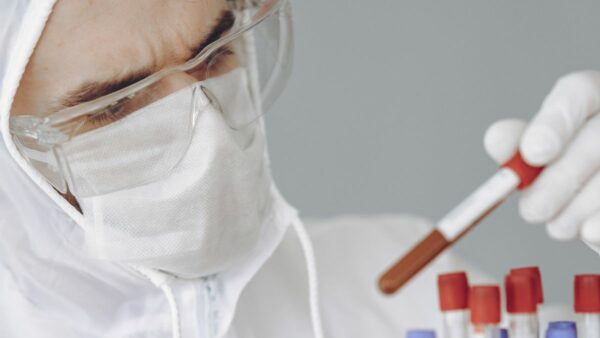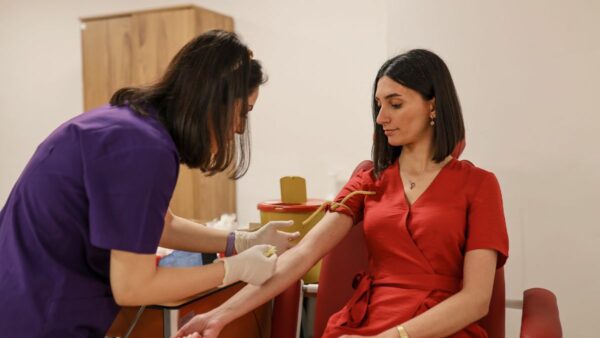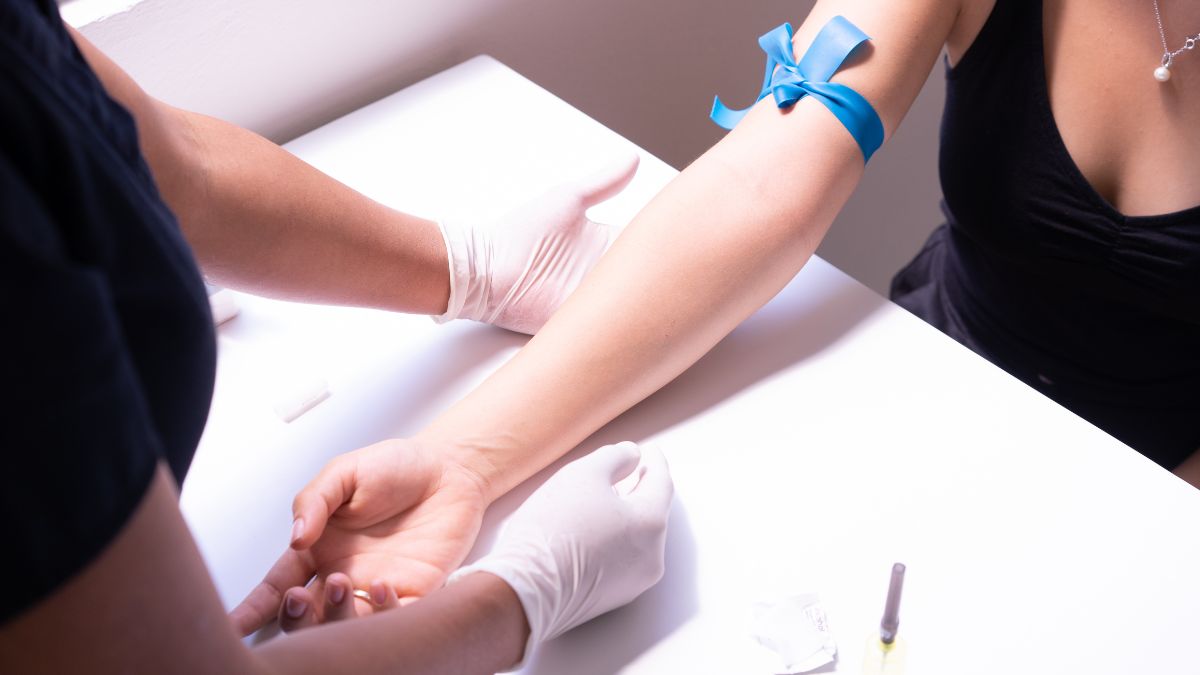Hyponatremia can happen if you don’t get enough salt in your diet, if you take diuretics, or if you drink too much water too quickly. At first, it might not seem like anything’s wrong with you—you might feel fine during the day but have trouble sleeping at night. Learn about this serious condition so that you can recognize it early on!
What is Hyponatremia?
Hyponatremia is a condition in which your blood has too little sodium. This can happen when you drink too much water or if you have a disease that causes your body to lose a lot of salt.
Symptoms of hyponatremia include headache, difficulty speaking, muscle cramps, confusion, and seizures. If left untreated, hyponatremia can lead to life-threatening disorders like coma and even death.
The Causes of Hyponatremia
A person with hyponatremia (a low level of serum sodium) is usually thirstier than normal and may have a dry mouth. They may also experience headaches, muscle weakness, confusion, or seizures.
Hyponatremia can be caused by drinking too much water or alcohol, throwing up a lot, sweating a lot, using the bathroom a lot, or taking diuretics, which are medicines that help the body get rid of fluid. If left untreated, hyponatremia can lead to brain damage and even death.
There are a few things you can do to prevent hyponatremia: avoid drinking excessive amounts of water or alcohol; drink plenty of fluids to stay hydrated; avoid taking diuretics (unless they are prescribed by a doctor), and limit your time in the bathroom. If you think someone is experiencing signs and symptoms of hyponatremia, be sure to call 911 immediately.
Prevention of Hyponatremia

Hyponatremia is a condition in which the level of sodium in the blood is lower than normal. This can occur when someone drinks too much water or other beverages, OR when they lose too much salt (sodium) through sweat, tears, or diarrhea.
If you think someone might have hyponatremia, you should ask them to drink lots of fluids and consult a doctor. If your loved one has hyponatremia, getting them treated as soon as possible is important for their safety.
There are a few things you can do to help prevent hyponatremia:
1. Make sure everyone in your household knows how to recognize and address signs of dehydration (such as feeling thirsty all the time and having a dry mouth). Help them drink plenty of fluids, even if they don’t feel like it.
2. Keep a close eye on your loved one’s urine output – if it’s low or going down, they may be losing more fluid than usual. It’s also important to monitor their weight and check for any changes in mood or energy levels.
3. Avoid drinking large quantities of water or other liquids right before exercising – this increase in hydration will help offset any losses from sweating. Also avoid drinking excessive amounts of alcohol, which can lead to dehydration as well.
The Symptoms of Hyponatremia

The symptoms of hyponatremia vary depending on how severe the condition is, but they can include headache, nausea, vomiting, dizziness, and fatigue. If left untreated, hyponatremia can lead to coma or death.
To prevent hyponatremia, it’s important to monitor your blood sodium levels and drink enough fluids. If you experience any of the signs and symptoms of hyponatremia, drink plenty of fluids and consult a doctor as soon as possible.
Treatment of Hyponatremia
Hyponatremia is a condition in which the level of sodium in the blood is lower than normal. This can happen when you drink too much water or drink fluids containing too little salt.
If you have hyponatremia, your body will try to compensate by sending extra water into your cells. This can cause swelling, headache, confusion, and even seizures. If you don’t get treatment for hyponatremia soon, it can lead to brain damage or death.
There are many different ways to prevent or treat hyponatremia. You can drink plenty of water and/or fluids with salt (such as sports drinks) to make sure you’re drinking enough fluid and avoiding dehydration. You can also take over-the-counter medications like ibuprofen to relieve pain and swelling caused by hyponatremia. If you think someone has hyponatremia, be sure to call 911 immediately!
How do you fix hyponatremia?

Hyponatremia can happen when someone loses too much water or salt through perspiration, vomiting, or diarrhea.
Most people who have hyponatremia don’t experience any symptoms. But if the condition isn’t treated, it can lead to seizures, coma, and even death.
There are several ways to prevent hyponatremia from happening. First, drink enough fluids each day. Second, avoid drinking alcohol and excessive amounts of water at the same time. Finally, get treatment if you notice any signs or symptoms of hyponatremia.
What are the 3 types of hyponatremia?
There are three main types of hyponatremia: symptomatic, subclinical, and euhyponatremia.
Symptomatic hyponatremia is the most common form and occurs when there is an imbalance between the amount of water in the blood and the body’s ability to retain it. This can happen due to a variety of factors, including dehydration from vomiting or diarrhea, drinking too much alcohol, or taking certain medications that dry out the body.
Subclinical hyponatremia is seen more often in people who don’t have any noticeable symptoms. This type of hyponatremia refers to a lower-than-normal level of water in the blood that may not cause any problems but can increase your risk of developing serious conditions like seizures or brain damage if left untreated.
Euhyponatremia is the least common type. It happens when a person has too much water in their blood, which can cause dangerously low salivation and confusion. This condition is often caused by medical conditions like cerebral edema (fluid on the brain), kidney failure, or liver disease.
How do you raise your sodium level?
If you are like many people, you probably don’t think about sodium much. But if you eat a lot of processed foods and sugary drinks, your body can become sodium depleted. When this happens, your blood levels of sodium fall below the level that’s needed to keep your nerve and muscle cells functioning properly.
When sodium levels get too low, we call it hyponatremia. It can be caused by a number of things, including drinking too much water or eating foods high in sodium (like canned goods). Hyponatremia can be so bad that it can cause seizures, coma, and even death.
Here are some tips to help prevent hyponatremia:
1) Avoid drinking too much water or eating high-sodium foods. Instead, drink plenty of fluids and eat healthy snacks that contain little or no sodium (like fruits or vegetables).
2) Keep an eye on your blood pressure. If it’s high (>130/85 mm Hg), make sure to get checked for signs of hyponatremia.
3) If you develop signs of hyponatremia, seek medical attention as soon as possible. Carbon dioxide retention from low blood sugar can make symptoms worse.
How Did Bruce Lee Die From Hyponatremia?

Bruce Lee died of hyponatremia, which is a rare but life-threatening condition that happens when the blood has too much water. In Bruce Lee’s case, doctors believe that he drank too much water for weight loss purposes, which led to the accumulation of excess fluid in his body. As the water level in Bruce Lee’s bloodstream rose, it caused brain damage and eventually his death.
To prevent hyponatremia from happening to you or a loved one, be sure to drink plenty of fluids throughout the day and avoid drinking excessive amounts of water at once. If you have strange symptoms like confusion, headaches, nausea, or feeling tired, you should call your doctor right away.







